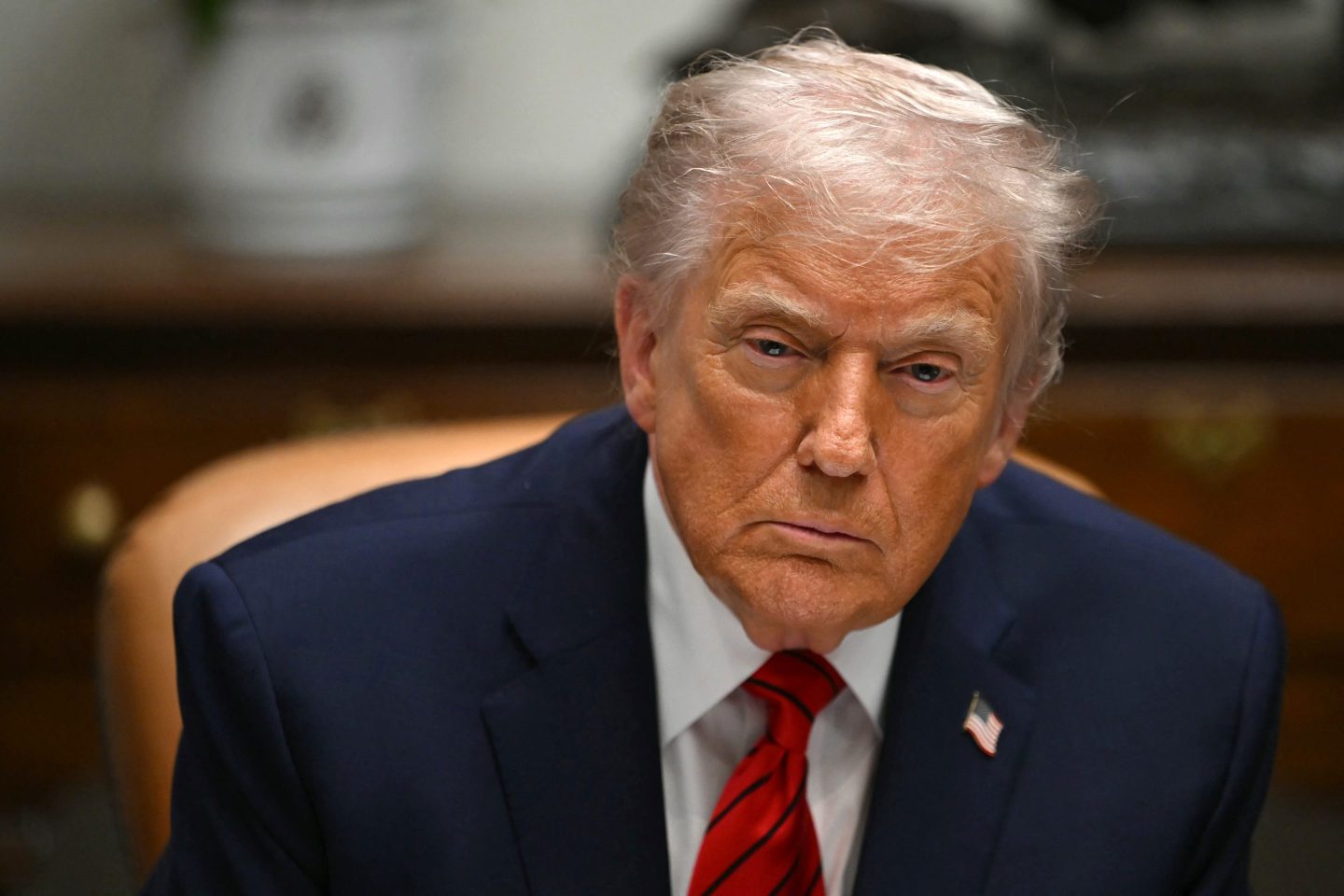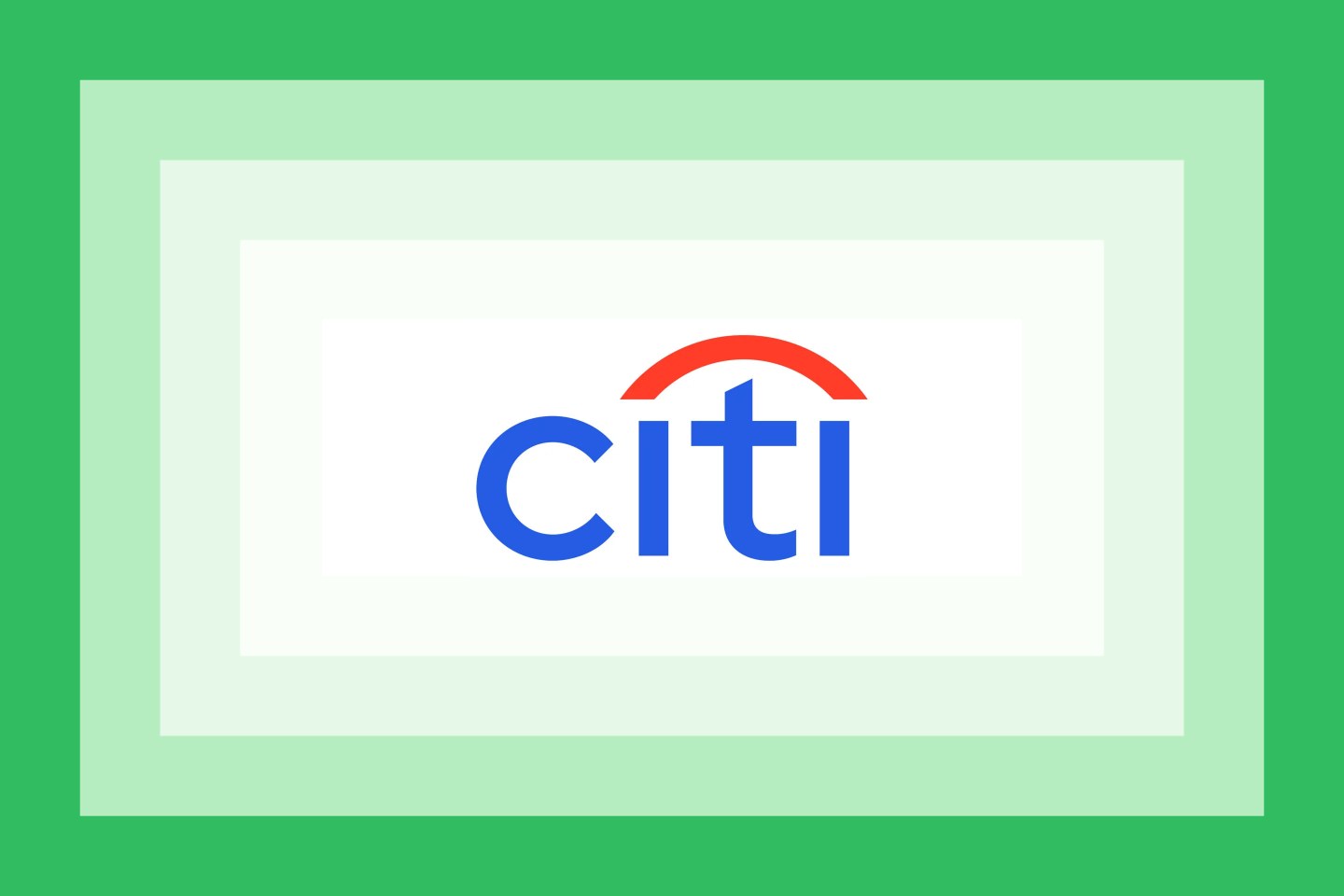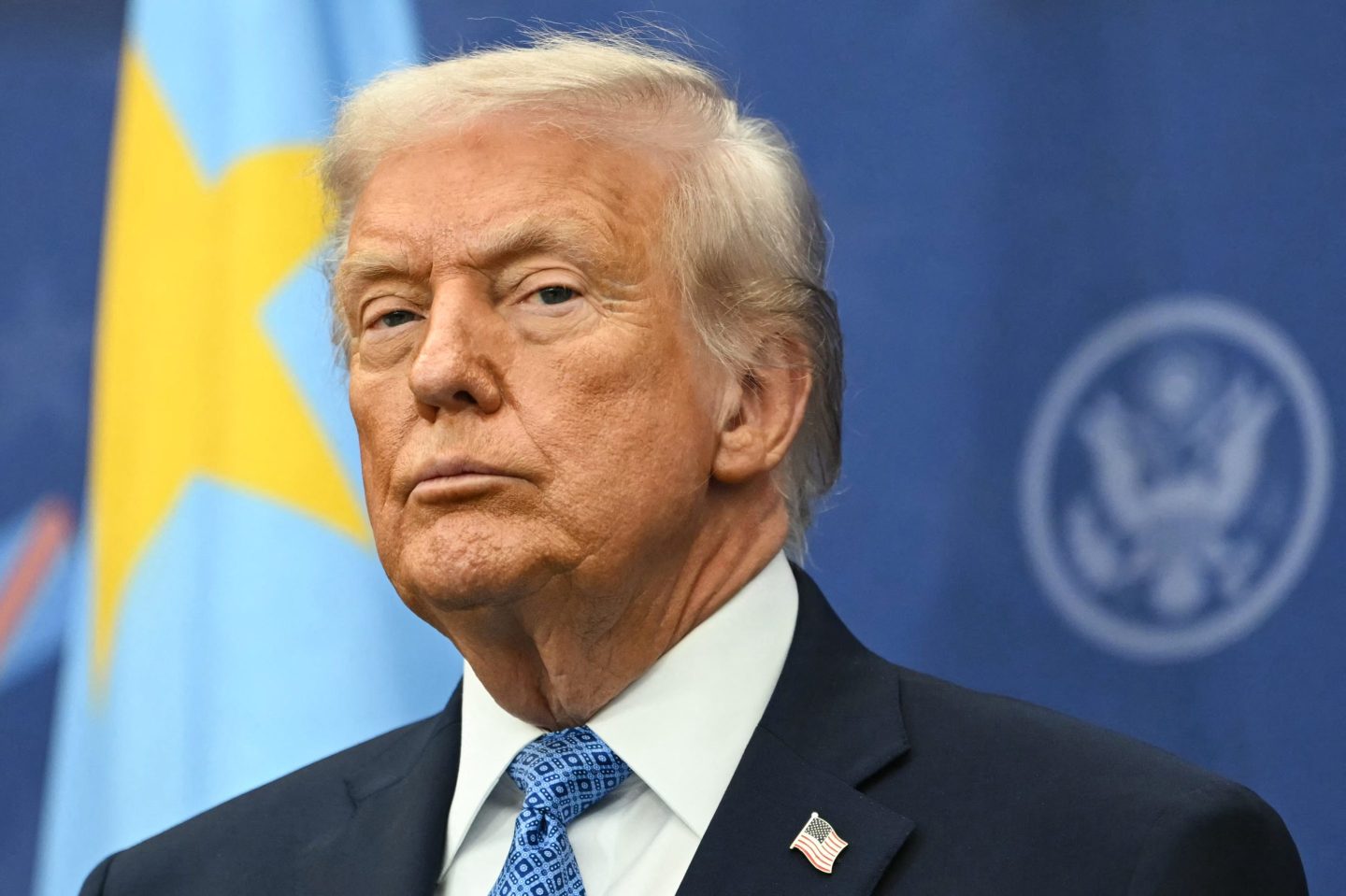Investors will be looking at a widely expected interest rate hike Wednesday as a signal of the Federal Reserve’s growing confidence in a healthier U.S. economy.
But they should also see it as a signal to stop buying stocks, said a team of Goldman Sachs analysts. In a Tuesday note to clients, the team, led by Christian Mueller-Glissmann, downgraded its three-month outlook on global equities to “neutral,” while reiterating its “overweight,” or “buy,” rating on cash, and “underweight,” or “sell,” rating on bonds.
“With [equity] growth momentum nearing its peak and rates increasing further with a hawkish Fed, the asymmetry for equities is turning increasingly negative,” the team wrote, noting that Goldman expects three rate hikes in 2017—in March, June, and September. “Higher bond yields are likely to weigh on equities and reduce their buffer for shocks.”
In theory, investors should have a mix of stock and bonds in their portfolio to decrease risks. Stocks go up when the economy is strong, while bonds do better when the economy is in rocky territory. But both securities have become increasingly prone to moving in tandem, according to Goldman—meaning hedging against a fall in the stock market using bonds is less effective.
And that means that when a market shock hits—from the rising populist movement in Europe, the uncertainty of U.S. policies, or the slowing Chinese economy—investors will have a lot more to lose.
This is not the first time Goldman Sachs has warned investors that equities are looming dangerously close to a peak—nor is it the only market watcher to make that call. That’s because equity benchmarks have skyrocketed on expectations that the new Republican administration will lower taxes and decrease regulation since President Donald Trump’s election in November. The S&P 500 alone has shot up nearly 10% since then, giving the index an expensive-looking price-to-earnings ratio of about 25. By historical average, that P/E ratio has been closer to 16. In fact, Goldman noted that that equity valuations are now near “Tech Bubble levels.”
Goldman is still positive about global stocks over the 12-month period, giving them an “overweight” rating, but its analysts don’t think the S&P 500 has much more room to run, marking the index as “underweight” over the same span.












